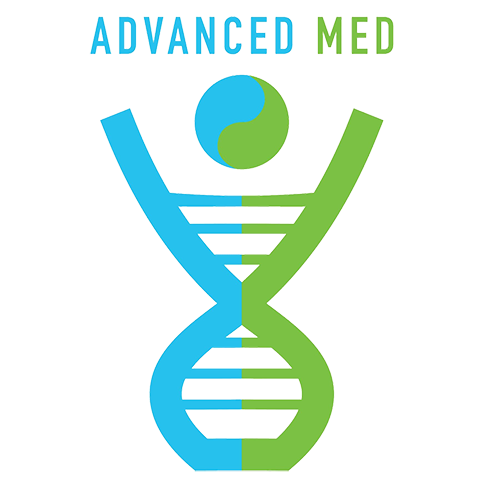For many migraine sufferers, relief can sometimes be found through diet, lifestyle changes, and nutraceuticals such as magnesium, riboflavin, and CoQ10. However, when these approaches are not enough and multiple medications have been tried without success, CGRP inhibitors may offer a promising alternative for those struggling with frequent and severe migraines.
What Are CGRP Inhibitors?
CGRP (calcitonin gene-related peptide) is a protein in the brain and nervous system that plays a crucial role in migraine attacks. During a migraine, CGRP levels increase, leading to inflammation and the dilation of blood vessels in the brain, which contributes to pain. CGRP inhibitors work by blocking CGRP or its receptor, preventing or reducing migraine attacks.
Types of CGRP Inhibitors
There are two main types of CGRP inhibitors available:
1. Monoclonal Antibodies (Preventive Treatment)
These are injections or IV infusions designed to prevent migraines before they start:
- Erenumab (Aimovig): Blocks the CGRP receptor.
- Galcanezumab (Emgality): Binds directly to CGRP.
- Fremanezumab (Ajovy): Binds directly to CGRP.
- Eptinezumab (Vyepti): Administered via IV infusion and binds to CGRP.
2. Small Molecule CGRP Receptor Antagonists (Gepants)
These are oral medications that can be used for both acute and preventive treatment:
- Rimegepant (Nurtec ODT): Used for both acute relief and prevention.
- Ubrogepant (Ubrelvy): Taken at the onset of a migraine attack.
- Atogepant (Qulipta): Used as a daily preventive treatment.
Who Should Consider CGRP Inhibitors?
CGRP inhibitors are designed for individuals who:
- Experience chronic migraines (15 or more headache days per month, with at least 8 being migraines).
- Have episodic migraines (fewer than 15 headache days per month) and have not responded to other treatments.
- Cannot tolerate or have contraindications to traditional migraine preventives like beta-blockers, antidepressants, or anticonvulsants.
- Need an acute migraine treatment that does not cause vasoconstriction (unlike triptans, making CGRP inhibitors safer for those with heart disease or stroke risk).
What Are the Side Effects?
While CGRP inhibitors are generally well-tolerated, some common side effects include:
- Injection site reactions (for monoclonal antibodies).
- Nausea (more common with gepants).
- Fatigue and dizziness.
- Constipation (particularly with erenumab).
- Hypersensitivity reactions (rare but possible).
Why CGRP Inhibitors Are a Game-Changer
Unlike older migraine treatments that were initially designed for other conditions (such as blood pressure or depression), CGRP inhibitors are specifically tailored to target the migraine process. Many patients report fewer migraine days, reduced severity, and an improved quality of life with these medications. If migraines are disrupting your daily life, it may be time to explore whether CGRP inhibitors are right for you. Speak with your healthcare provider to determine the best treatment plan tailored to your needs.

